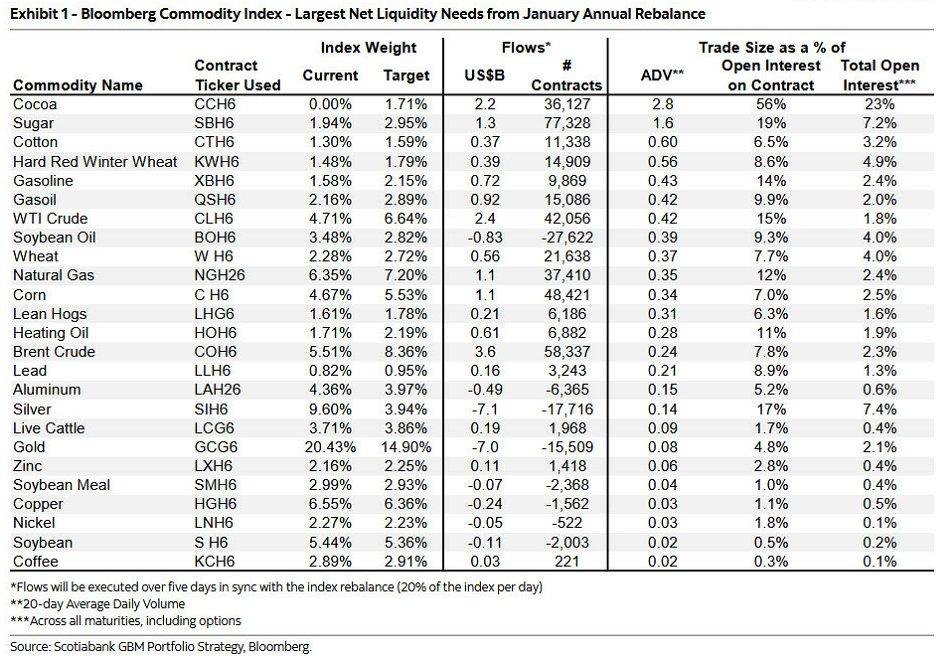Overview: Stocks and bonds are lower today, and the dollar is slightly firmer having extended yesterday's recovery. Most of the G10 currencies are lower, though the Japanese yen has recovered from after falling to its lowest level since May 1. Slightly softer than expected German states' CPI did the euro no favors. It was sold to a three-day low near $1.0830 before stabilizing. Sterling steadied after dipping briefly below $1.2750. Most emerging market currencies are lower. The Mexican peso and South African rand are exceptions, posting minor gains. The Chinese yuan edged lower and has not risen against the dollar since May 15.
Asia Pacific equities sold off, and Chinese mainland indices managed to buck the regional move that saw Australia, Hong Kong, South Korea, and several smaller bourses drop more than 1%. Europe's Stoxx 600 is off about 0.6%, the same as yesterday. US futures indices are 0.5%-0.7%, signaling a gap lower opening is possible. Bonds are finding no comfort. The 10-year JGB yield jumped nearly six basis point to 1.07%, the highest since the end of 2011. European benchmark yields are 2-4 bp higher, though the 10-year Gilt yield is more than five basis points higher. The 10-year Treasury yield is up nearly two basis points around 4.57%. Gold is trading heavier but has held above yesterday's low near $2340. July WTI gapped higher yesterday and reached nearly $80.30 yesterday, its best level since May 1. It is traded up to almost $80.60 today but has not settled above $80 this month. It reached a low before last week near $76, a two-month low.
Asia Pacific
Unexpectedly, Australia's April CPI ticked up to 3.6% from 3.5% in March. It was at 3.4% from December 2023 through February 2024. Recall that the quarterly CPI report showed price pressures moderated in Q1 24 to 3.6% from 4.1%, year-over-year. The underlying measures averaged 4.2% in Q1 from 4.3% average in Q4 23. The odds of a rate cut this year were downgraded to practically zero from around 35% yesterday in the futures market. Tomorrow, Australia has some secondary economic reports, like April building approvals and private sector credit. Private capital expenditures (Q1) may help economists fine turn forecasts for Q1 GDP due next week (June 5). Friday sees Japan's April jobs, industrial production, and retail sales, alongside May's Tokyo CPI. China's May PMI is also due Friday.
The jump in US yields after the poor reception to the two- and five-year notes helped push the dollar above JPY157, which it had trading close to throughout yesterday's North American session. The greenback edged up to JPY157.40 today, a new (likely) post-intervention high before retreating later in the Asia Pacific session to almost JPY156.90, perhaps encouraged by the rise in JGB yields and comments from BOJ officials showing concern about the yen's weakness and suggesting reducing bond purchases. Still, we continue to expect the market to turn more cautious ahead of JPY158, where the BOJ was last suspected to have intervened. The Australian dollar reached $0.6680 yesterday but reversed low and made new session lows ($0.6645) in the North American afternoon. The price action looks like a bearish shooting star candlestick. Minor follow-through selling was seen today (~$0.6640). Initial support may be near $0.6625, but a break of last week's low, slightly below $0.6600 is needed to denote anything meaningful. The jump in US rates and the weakness of the yen foretold the yuan's weakness today. The PBOC set the dollar's reference rate at CNY7.1106 (CNY7.1101 yesterday). The average in Bloomberg's survey was CNY7.2503 (CNY7.2421 yesterday). It is the tenth consecutive session the yuan has not gained against the dollar. The dollar continues to march toward the year's high against the offshore yuan (~CNH7.2830). It rose slightly above CNH7.27 today.
Europe
The eurozone's preliminary May CPI estimate will be released before the weekend. It is arguably the last important data point ahead of the ECB's meeting on June 6, even though April retail sales will be reported a few hours before the ECB's statement. Ahead of it, German states reported their figures and shortly the national estimate will be announced. The states' figures suggest that the national rate will likely softer than the 2.7% year-over-year rate expected after 2.4% in April. A flat month-over-month reading (instead of a 0.2% increase that had been expected, means that Germany's harmonized CPI rose at an annualized rate of 3.6%% in the first five months of the year compared with slightly more than 8% in the first five months of 2023. Spain will report its figures tomorrow. Spain's harmonized CPI is expected to rise by 0.2%. That would translate into a 3.7% year-over-year pace (up from 3.4% in April). That means that an annualized pace in the first five months of 2024, Spain's CPI rose 5.7% compared with 4.8% in the same period last year. French and Italian figures are not released until closer the aggregate report early Friday.
The euro stalled yesterday five hundredths of a cent below the month's high set on May 16 near $1.0895. The single currency settled on session lows near $1.0855. Follow through selling today saw it test the $1.0830 area in early European turnover, where it recovered to almost $1.0850. A consolidative North American session looks likely. Sterling poked briefly above $1.28 for the first time since March 21 and was greeted with a wall of sellers that push it to new session lows in late turnover (~$1.2755). A potential bearish shooting star candlestick was formed but selling today has been limited to almost $1.2745. Initial support is near $1.2725, and a break could spark another half-cent leg lower. We note that sterling moved above JPY200 yesterday for the first time since 2008 and has held above it today. The euro is approaching last month's high (~JPY171.55), which was the more extreme level since advent of monetary union.
America
Demand for yesterday's two- and five-year Treasury note sales was poor. And by that it is meant that the auctioned yields were slightly higher than pre-auction yields and that bid cover was not quite as good as it has been, though the demand was still more than twice what was offered. The weaker demand seemed concentrated among direct bidders (think banks, hedge funds, asset managers), leaving the dealers a bit more inventory than they have had recently. In addition to $60 bln four-month bills, Treasury will also sell $28 bln two-year floating rate notes and $44 bln seven-year notes today While US April data generally disappointed expectations, the early May survey data, including most Fed regional surveys, and preliminary PMI show suggest activity improved. On tap today, the Richmond Fed and Dallas Fed Services Activity surveys. Then, late in the session, the Federal Reserve releases the Beige Book, prepared for the June 12 FOMC meeting. We expect the slow moderation in price pressures and easing of labor market tightness, while more districts likely reported little change in overall economic activity. The last Beige Book (April 17) summarized its findings as "Business activity expanded at a modest pace in recent week, price rose slightly, and employment was flat overall." The week's highlights are still ahead: Friday's April personal income, expenditures, and deflator on Friday. Real spending may have stagnated in April and the deflators are expected to be unchanged. Shortly after the Fed's Beige Book, Mexico's central bank releases its inflation report. Since improvement in inflation has slowed, and expectations for a Fed cut has been pushed out, Banxico's cautious path likely continue. The May CPI is due on June 7.
The US dollar tested a six-day low yesterday near CAD1.3615 before bouncing back to set session highs near CAD1.3655. The price action further underscores the importance of the CAD1.36 area. The greenback extended yesterday's recovery to almost CAD1.3675. Nearby resistance seen in the CAD1.3680-CAD1.3700 area. The Mexican peso had its worst day since mid-April yesterday, falling by about 0.80%. The dollar rose to a nine-day high near MXN16.8235 and settled above the 20-day moving average (~MXN16.78) for the first time since May 3. The dollar recorded bullish outside up day by trading on both sides of Monday's range and closing above its high. The dollar was lifted slightly through MXN16.86 in Asia Pacific turnover before pulling back to MXN16.75. The intraday momentum indicators cycled lower and look poised to recover in North America. We have suggested potential to MXN16.90, but given the position of the daily momentum indicators, this may be too conservative an estimate. Maybe the is potential a bit above MXN17.00.
Tags: #USD,Australia,Currency Movement,EMU,Featured,federal-reserve,inflation,Japan,Mexico,newsletter,treasuries






























